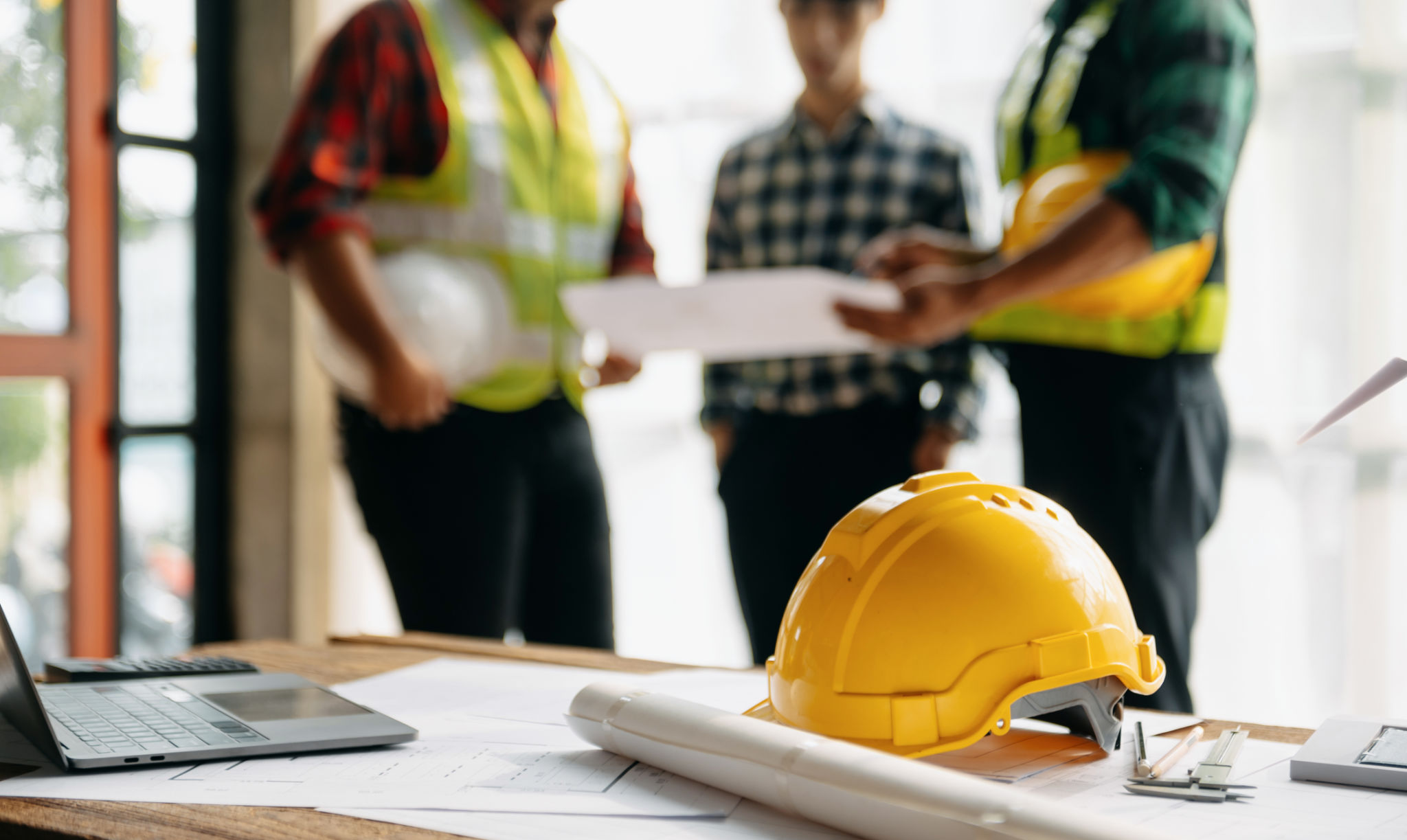Common Misconceptions About Residential Builders: What You Need to Know
Understanding the Role of Residential Builders
When embarking on a home construction project, many homeowners often have misconceptions about the role and responsibilities of residential builders. Understanding what these professionals do can help set realistic expectations and ensure a smoother building process. Residential builders oversee the entire construction process, from obtaining permits to managing subcontractors, ensuring every detail aligns with the client's vision.
One common misconception is that builders simply follow blueprints provided by architects. In reality, residential builders play an integral role in interpreting and executing these plans while also adapting to any unforeseen changes or challenges that arise during construction.

Misconception: Builders Handle All Design Aspects
Another prevalent misunderstanding is that residential builders are responsible for all design elements of a home. While builders do collaborate with designers and architects, their primary focus is on the structural and functional aspects of the build. They rely on designers to provide detailed plans for interiors, finishes, and aesthetics.
Homeowners should engage with both builders and interior designers early in the planning process to ensure that all design preferences are communicated and feasible within the project's scope and budget. This collaboration helps prevent any disappointments or delays later in the construction timeline.
The Myth of Unlimited Budgets
A significant number of people believe that residential builders have the flexibility to work with unlimited budgets. In reality, every construction project has financial constraints. Builders work closely with clients to establish a realistic budget and strive to deliver quality results within those limits.
It's crucial for homeowners to communicate their financial boundaries clearly and be prepared for potential contingencies. A good builder will provide guidance on cost-effective materials and solutions that do not compromise the overall quality of the build.

Expectation of Instant Results
In today's fast-paced world, there's a tendency to expect rapid results in all areas, including home construction. However, building a house is a complex and time-consuming process that cannot be rushed without risking quality and safety.
Residential builders must adhere to strict timelines and schedules, but factors such as weather conditions, labor availability, and supply chain issues can cause delays. Patience and understanding are essential during this process to ensure the final product meets expectations.
The Builder-Client Relationship
The relationship between a builder and client is often underestimated. Effective communication and trust are key components of a successful building project. Homeowners should feel comfortable discussing their ideas, concerns, and feedback with their builders throughout the construction journey.
Regular updates and meetings are important to keep clients informed of progress and any changes. A transparent builder will welcome client input and provide clear explanations of any necessary adjustments or decisions made on-site.

Conclusion: Setting Realistic Expectations
By dispelling these common misconceptions about residential builders, homeowners can approach their projects with more clarity and confidence. It's essential to recognize the distinct roles of builders, designers, and architects, as well as to establish open lines of communication and realistic expectations from the outset.
A successful building project is a collaborative effort that depends on mutual respect and understanding between all parties involved. By embracing this mindset, homeowners can enjoy a rewarding journey toward creating their dream homes.
